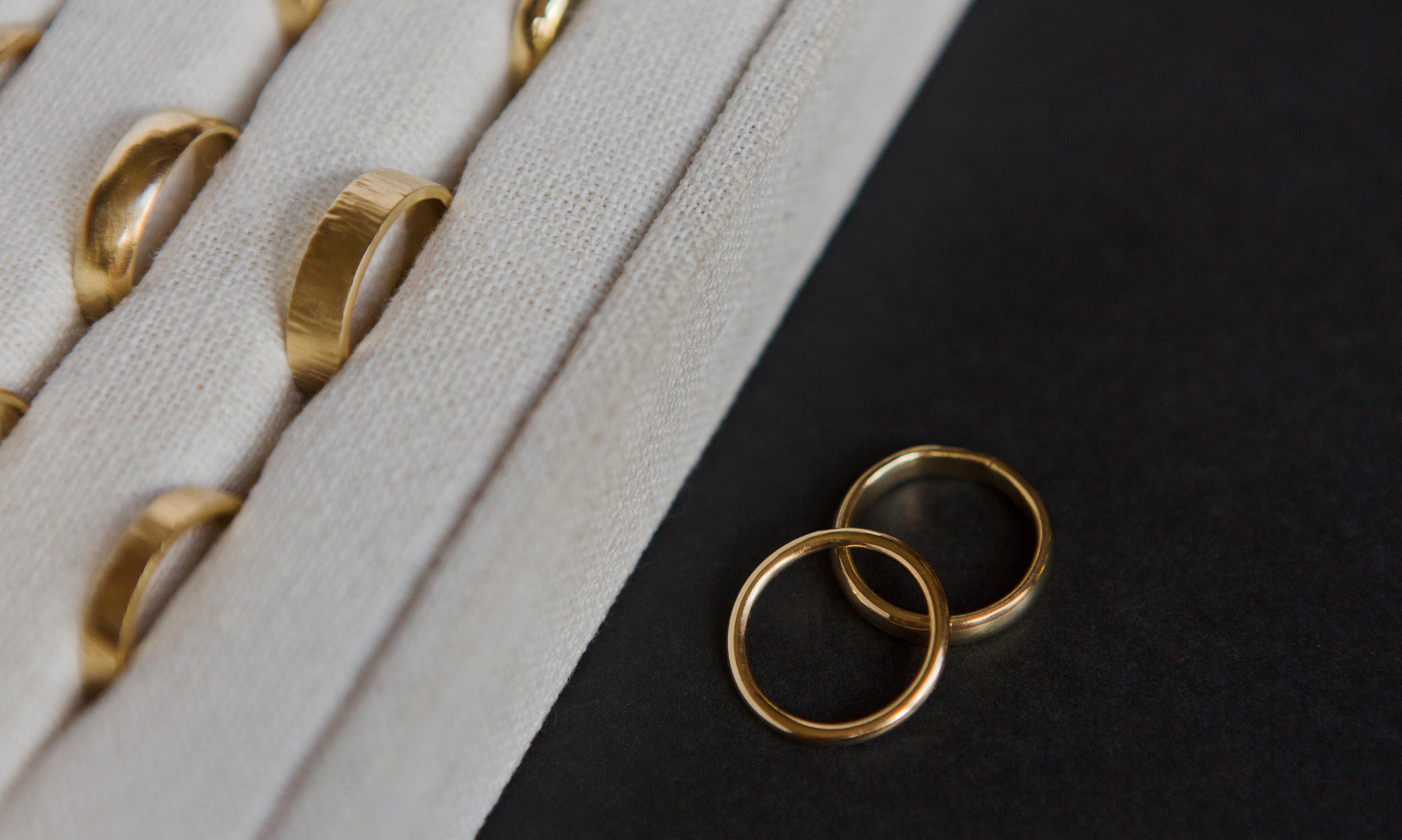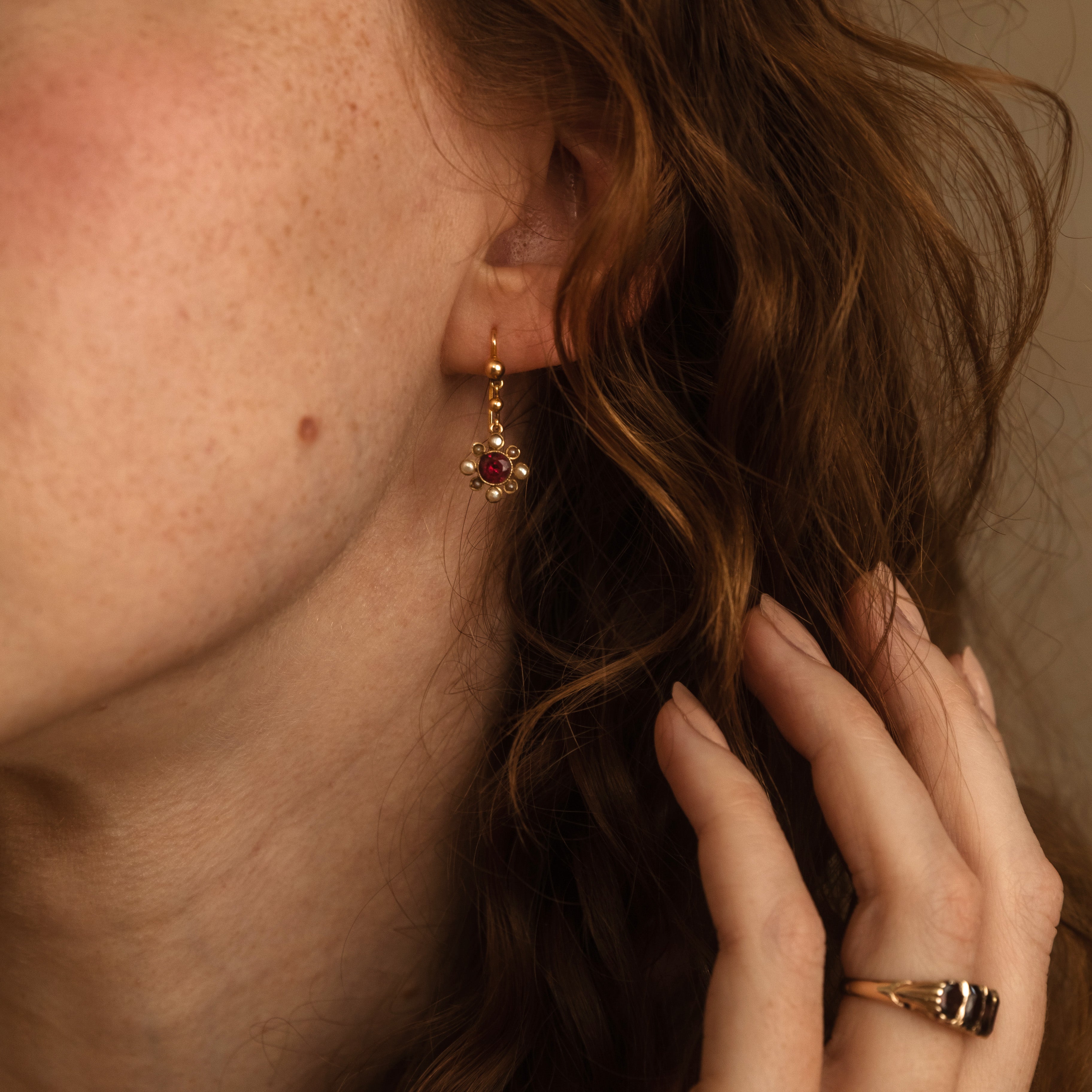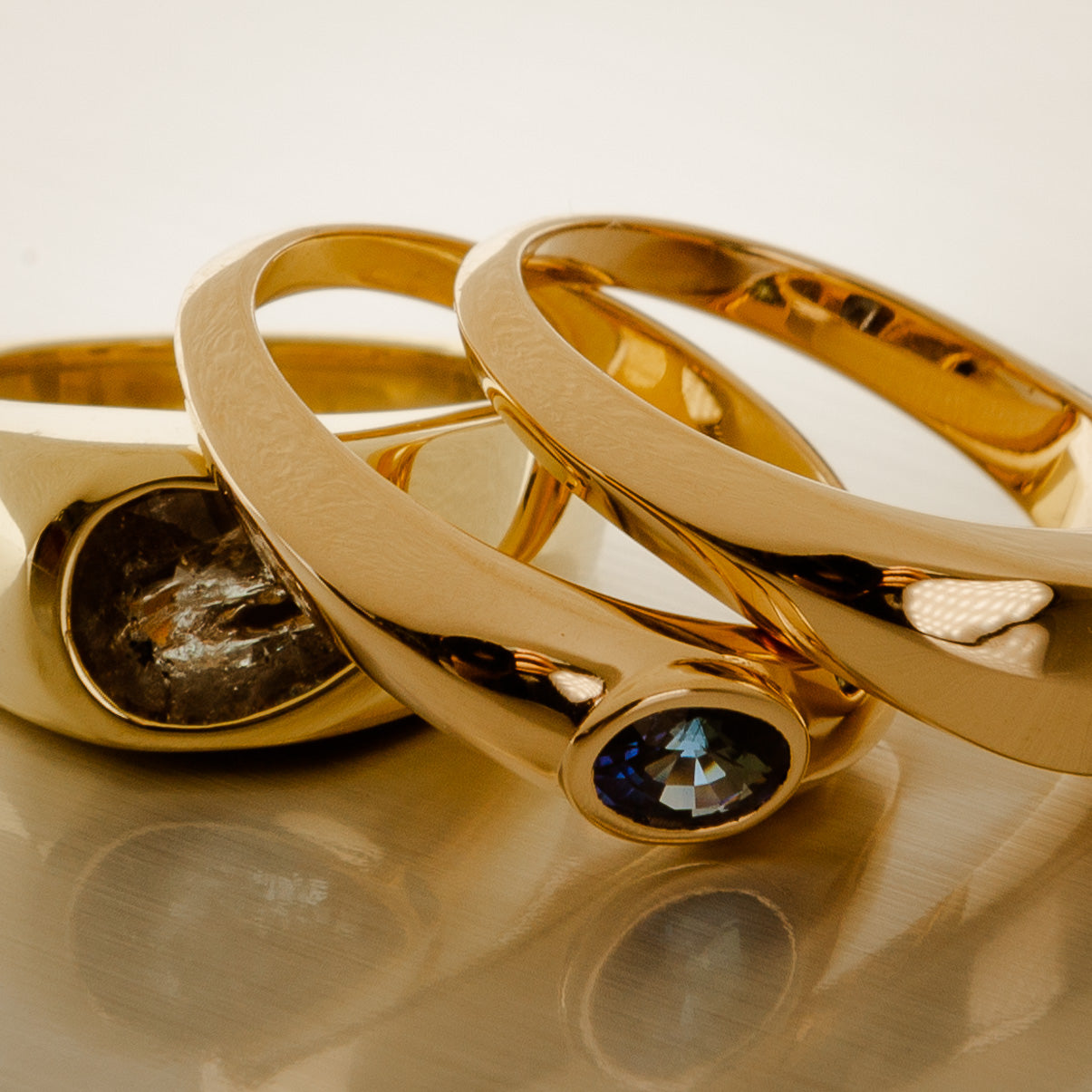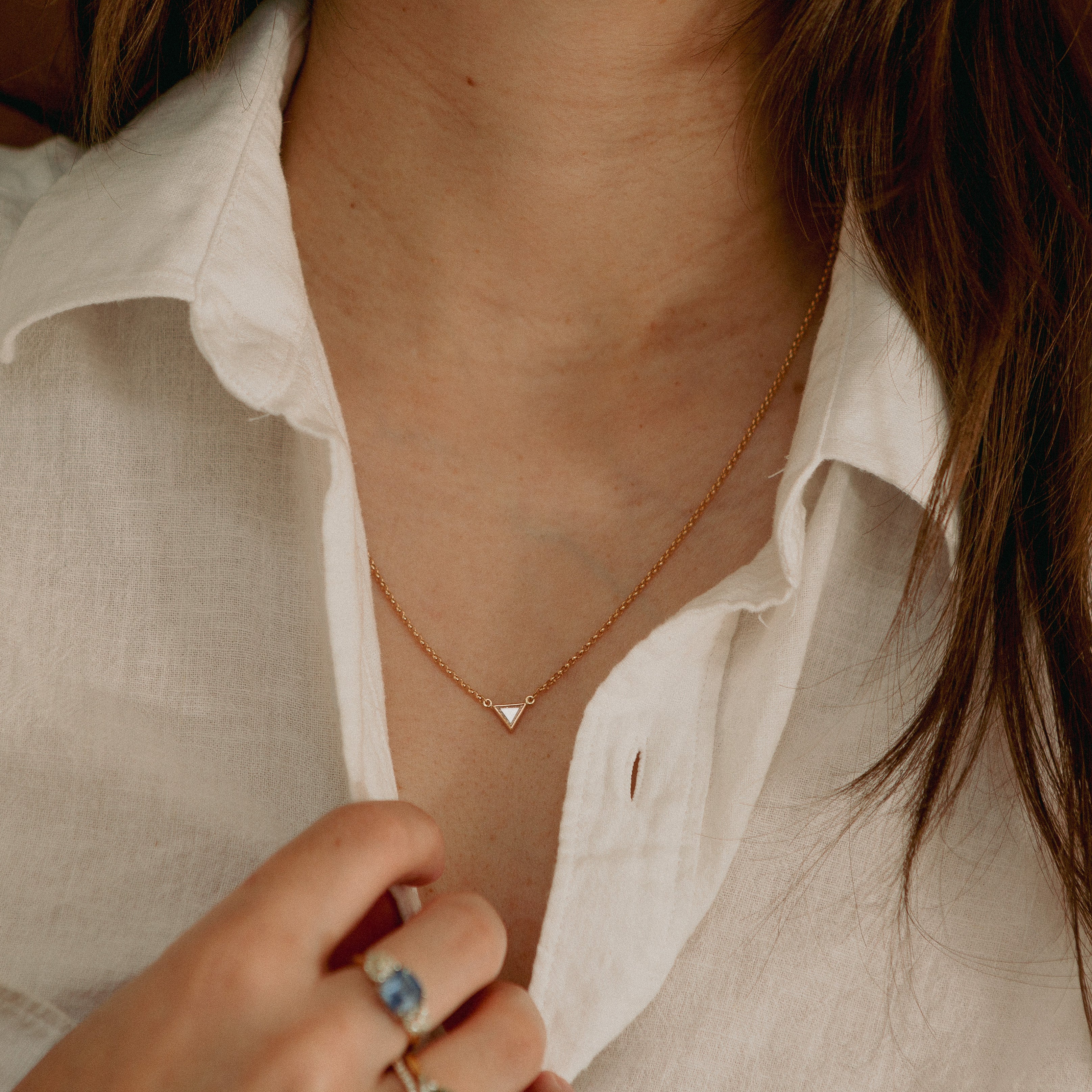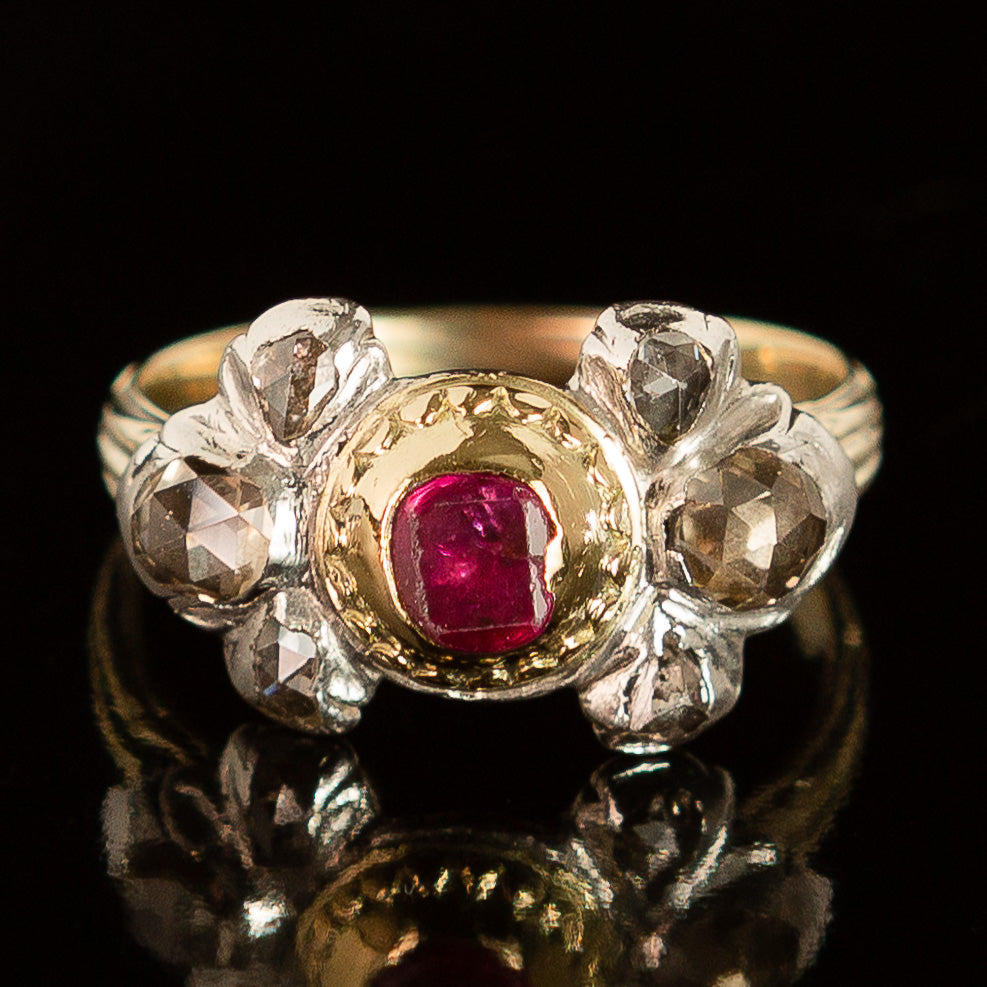Diamonds are not just sparkling gems; they are intricate works of nature, each with its own unique characteristics. When you are looking to purchase a diamond, understanding these characteristics is vital in making an informed decision. One essential tool in this process is the diamond grading report. In this guide, we'll explore what a diamond grading report is, why it's important, and how to read and interpret its contents.
What is a Diamond Grading Report?
A diamond grading report, also known as a diamond certificate or diamond dossier, is an official document issued by an independent gemological laboratory. It provides a detailed analysis of a diamond's characteristics, including its cut, color, clarity, carat weight, and other relevant factors. These reports are prepared by trained gemologists using specialized equipment and techniques to assess and grade each diamond accurately.
Why is a Diamond Grading Report Important?
A diamond grading report serves multiple purposes, all aimed at ensuring transparency and confidence in the diamond-buying process:
Verification of Quality
The report verifies the authenticity and quality of the diamond, providing assurance to the buyer regarding its characteristics and value.
Comparison
With a grading report, you can compare diamonds objectively, considering factors such as cut, color, and clarity to find the best option for your preferences and budget.
Resale and Insurance
A diamond grading report serves as a valuable document for insurance purposes and can also enhance the resale value of the diamond, as it provides a detailed record of its attributes.
How to Read a Diamond Grading Report
Understanding the key components of a diamond grading report is essential for consumers looking to evaluate diamonds accurately. Here are the main elements typically found in a report:
Diamond Identification
This section includes information such as the shape, measurements, and carat weight of the diamond, as well as any unique identifying features such as laser inscriptions.
Cut Grade
The cut grade assesses the quality of the diamond's cut, including proportions, symmetry, and polish. It is crucial in determining the diamond's brilliance and sparkle.
Color Grade
The color grade evaluates the presence of color in the diamond, ranging from colorless to light yellow or brown. The grading scale typically follows alphabetical order, with D being colorless and Z indicating noticeable color.
Clarity Grade
Clarity grade assesses the presence of internal and external imperfections, known as inclusions and blemishes, respectively. The scale ranges from Flawless to Included, with varying degrees of clarity in between.
Additional Information
Some reports may include additional details such as fluorescence, which describes the diamond's reaction to ultraviolet light, and any treatments or enhancements that may have been applied to the diamond.




